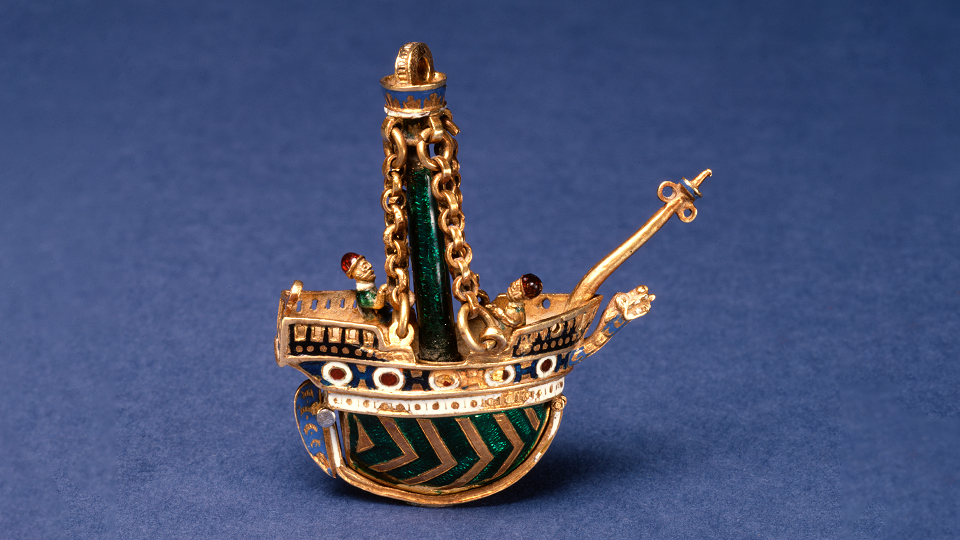Imagine if every time you walked out the door, the air was so bad that you had to carry a little potion with you to protect yourself from harm. It was that very circumstance that led to the creation of the pomander, which of course led to a need for a special piece of jewelry.
A pomander is a mix of herbs, spices and ambergris, or musk. The ingredients were mixed together and rolled into a fragrant ball. However, it wasn’t very convenient to carry around a tiny, sticky ball of herbs, so a small decorative container that could be worn was made to tote the fragrance around. The container was also called a pomander.
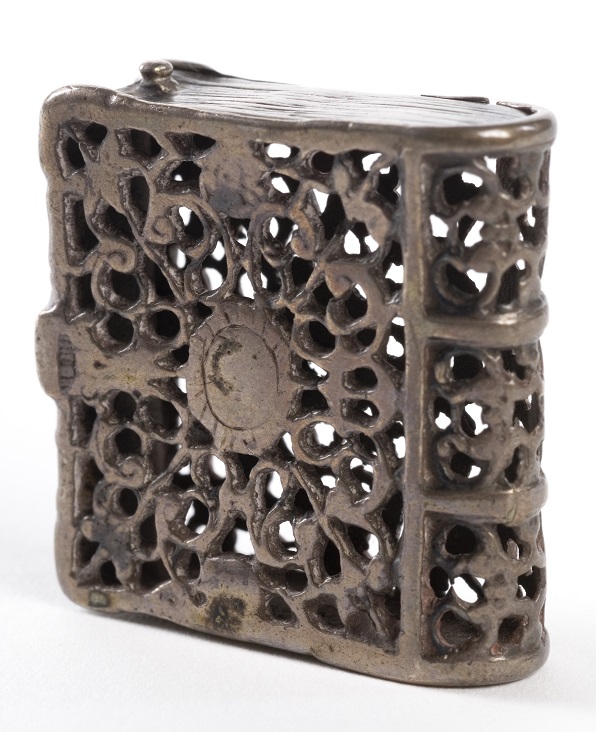
The Pomander as Amulet
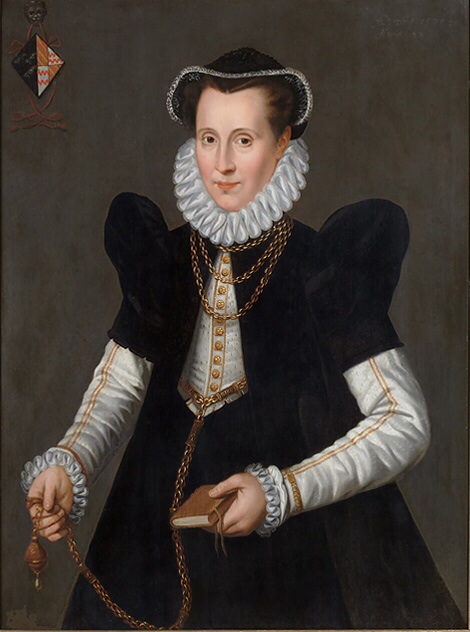
The word pomander comes from the French phrase “pomme d’ amber” which translates to apple of amber. The first references to pomanders were made in the mid thirteenth century in Medieval Europe where the plague was raging. The ingredients in the pomander were thought to fend off disease as well as to protect from evil spirits and bad luck. Consequently, they were worn as amulets.
Once the herb mixture was placed in the pomander, it was attached to a long chain or fob, worn around the neck or on the girdle, as a piece of jewelry. These decorative pomanders were made from silver or gold and were sometimes embellished with gems and enamel. One thing that all pomanders had in common was piercing, the container had to have openwork so that the fragrance inside could waft out, covering unpleasant odors from dirty streets.
During the 16th century, people were meticulous about their grooming and clothes, but they didn’t bathe, believing that washing with water would cause illness, so there was a big resurgence in the popularity of pomanders to cover body odors. During the Renaissance, people were enamored with beauty and fragrance, leading to more elaborate designs of pomanders. By this time pomanders had also expanded into decorative accessories and were used to scent a room. They were also placed in closets or drawers to perfume clothes. Eventually, pomanders, like other jewelry, became a status symbol for European nobility. According to ledgers from the Elizabethan era, Queen Elizabeth I was a big fan of pomanders and many were gifted to her.
Pomanders were also used to spread the love. When couples were courting they sometimes gifted each other with a pomander to show their love and to promote a harmonious relationship.
Pomanders Evolve
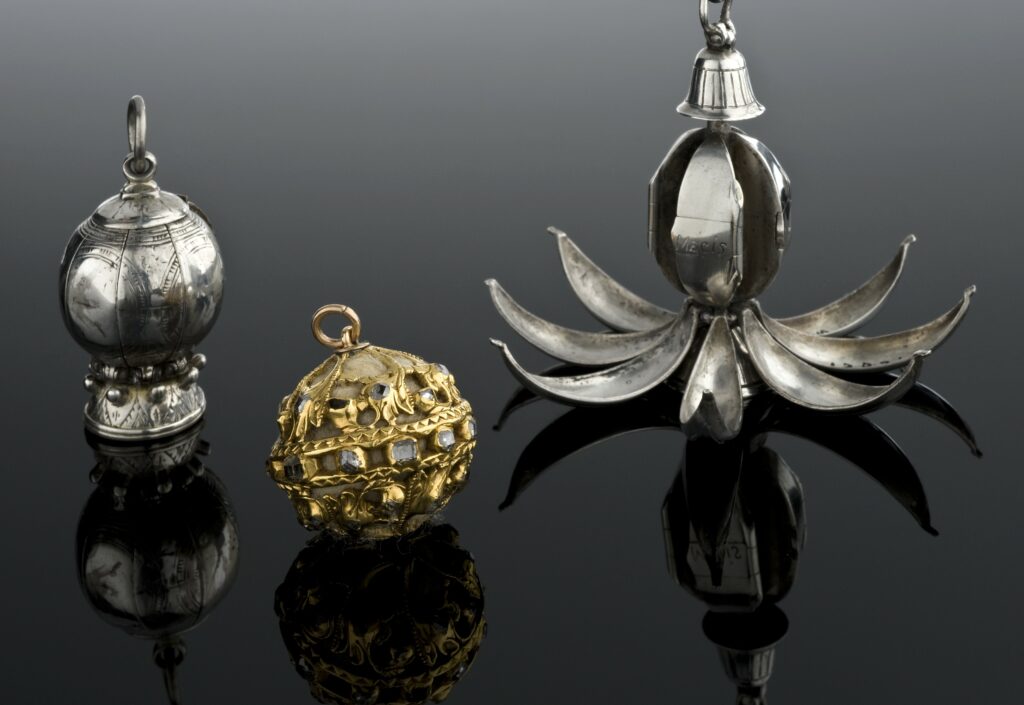
Pomander styles evolved through the years. Some were very elaborate and opened into sections to hold various herbs or spices, the sections were generally engraved with the name of each herb that was part of the medicinal mix, which could vary depending upon the time of year. Citrus was popular in the summer, while warm spices like cinnamon and cloves were preferred in the winter. Pomander containers also morphed into the forms of skulls, hearts, books, ships or florals.
Another version of the pomander was the Pouncet box. It was a small silver box with holes pierced into the sides. It was filled with a small sponge soaked in vinegar and was generally carried by men between the mid-sixteenth and early 17th centuries.
The Vinaigrette
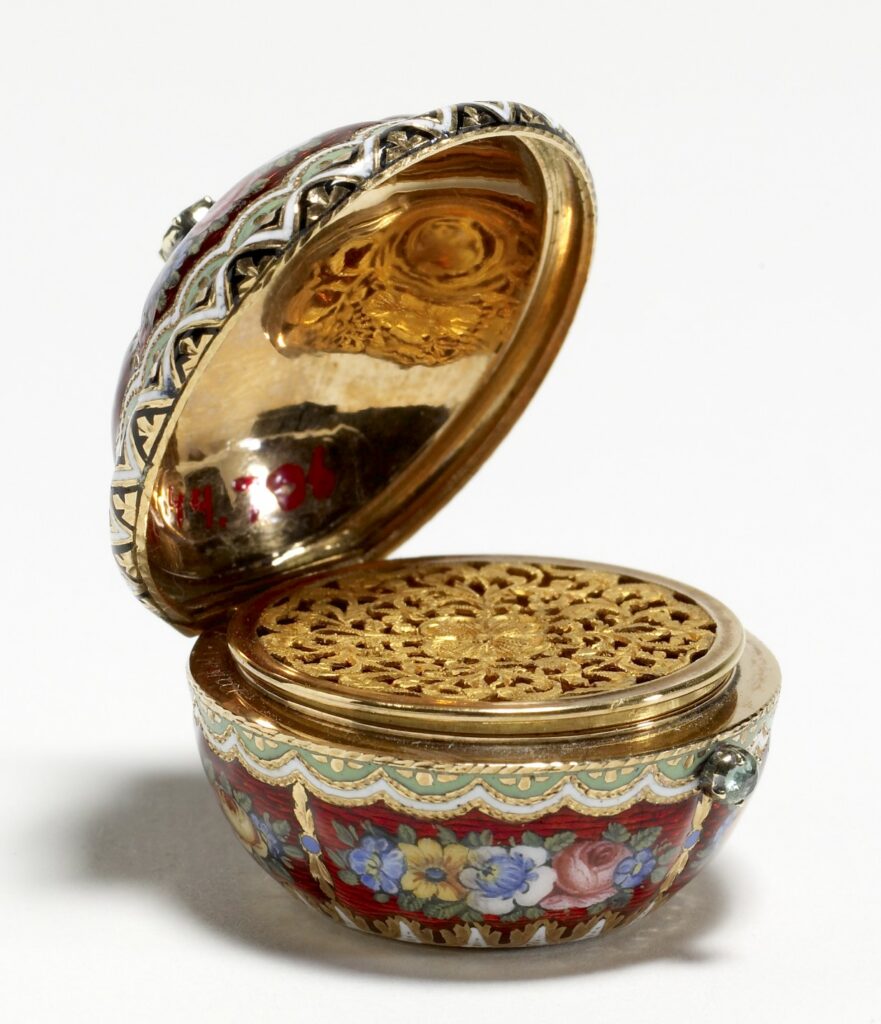
The pomander was eventually replaced by the vinaigrette, a small container usually made from silver or gold. It is identifiable by the pierced metal tray that is seen when the vessel is opened. A piece of sponge soaked in vinegar, sometimes mixed with lavender, was placed inside. Vinaigrettes were quite fashionable until the end of the 1800s. By this time smells on the streets weren’t as pungent and personal cleanliness had improved. Instead, vinaigrettes were used to revive women who fainted, most likely from a corset that was so tight she couldn’t catch a breath. The vinegar was a fast acting revival agent.
Today, pomanders are very collectible and can easily be worn on a long chain either alone or layered with other necklaces. You can even add fragrance to the pomander by simply dousing a bit of fabric or a cotton ball with a favorite fragrance or essential oil and placing it inside the pomander so that the scent floats around you as you go about your day.
Top of Page: Gold and enamel pomander in the shape of a ship, 1600-1650, public domain, courtesy Walters Museum of Art / Wikimedia Commons.
Authored by Amber Michelle
